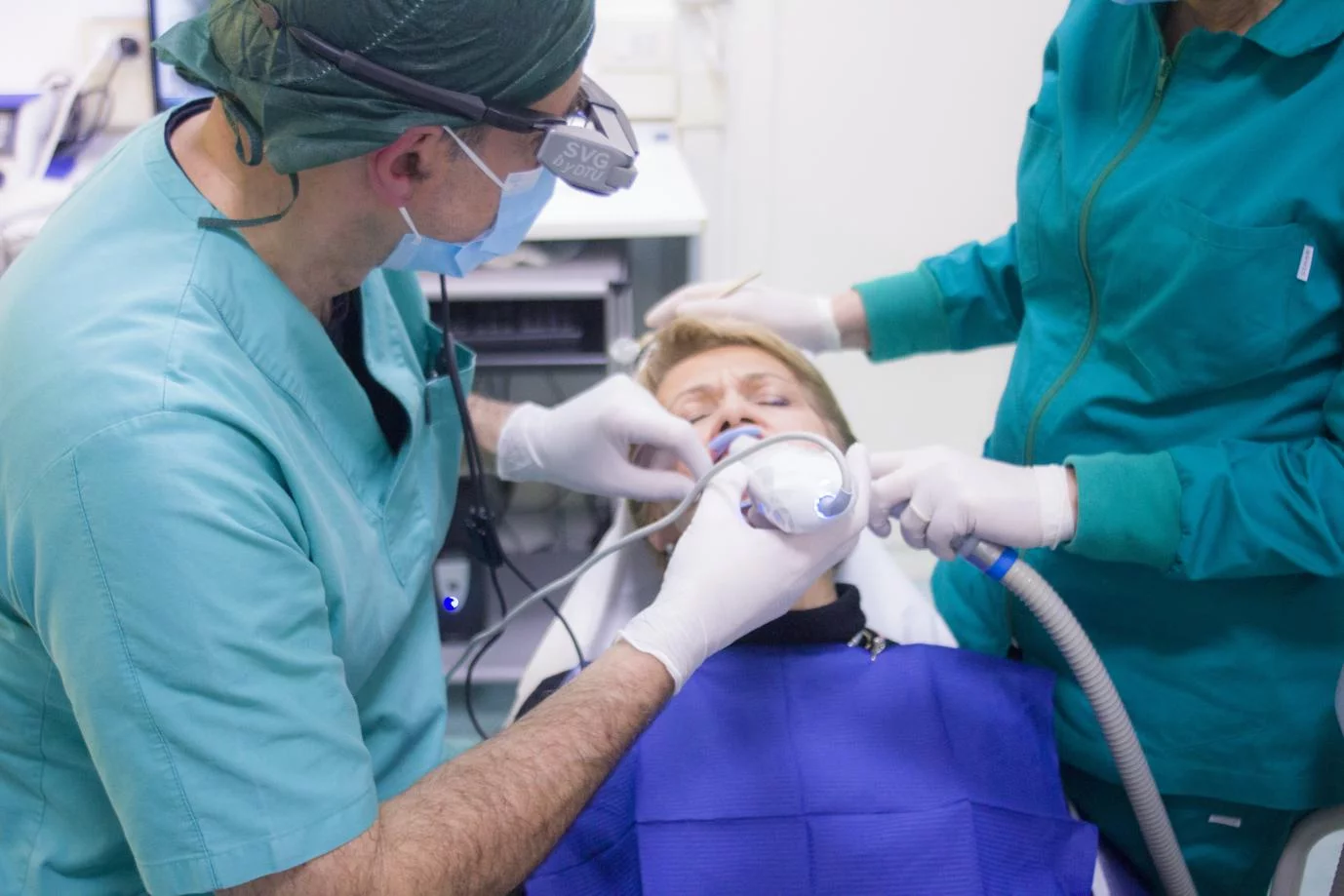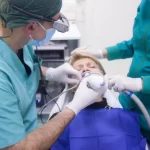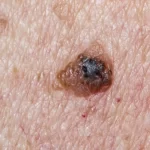Plastic surgery is a medical specialty involving the reconstruction, restoration, or alteration of one’s body. It may be divided further into two major categories: plastic or reconstructive surgery. Plastic surgery usually involves hand surgery, craniofacial surgery, microsurgery, liposuction, and aesthetic surgery. Cosmetic surgery involves such procedures as face lift, breast augmentation, tummy tuck, and hair transplant. A patient who desires to undergo plastic surgery should take into account her goals and expectations in this process before undergoing it.
One of the main reasons for plastic surgery is to correct an undesirable physical characteristic, such as an asymmetrical nose, breast reduction, neck pain, flat chest, or small breasts. These types of imperfections are commonly associated with aging. Patients, who desire to have their features corrected, usually opt for cosmetic procedures. Even those who are satisfied with the way their features look usually seek to have them improved for psychological as well as physical reasons. For example, patients who wish to regain their youthful appearance and feel better about themselves often undergo plastic surgery procedures. Such individuals may also want to improve their physical aspects that they think add to their overall appearance.
Plastic surgery can also be performed on patients who have undergone traumatic injuries. This type of procedure can help improve balance and strength after an accident. Some of these accidents may include burns, broken bones, or tissue damage. A surgical specialty known as reconstructive plastic surgery takes into account all of the needs of patients who have experienced trauma. Some of the reconstructive procedures that plastic surgeons perform include facial reconstruction, breast reconstruction, limb reconstruction, and various hand and bone functions.
Another reason for undergoing a plastic surgery procedure is to correct birth defects, such as cleft lip palate, Down syndrome, or even a cleft chin. This surgical specialty deals with altering characteristics of facial features that are found due to either genetic or developmental issues. For example, if a patient has been born with an abnormally small nose, he or she may undergo a nasal reconstruction procedure to add size and shape. The surgeon will use techniques such as fibrous tissue grafting, face-lift, neck lift, chin up, and other procedures to give patients the appearance they desire.
Before a plastic surgeon is certified by the board-certified plastic surgeon organization (PCSOB) in his or her particular area, he or she must meet the minimum educational requirements set forth by that organization. The CCSOB sets forth minimum educational requirements for all certified board-certified plastic surgeons. After a surgeon successfully meets these requirements, he or she will be certified by the board. Many surgeons have a lengthy learning history in general surgery, so it is not uncommon for a plastic surgery doctor to have taken additional schooling and training beyond what is required to become a board-certified plastic surgeon. Some surgeons have gone on to become board-certified in more specialized fields, such as pediatric plastic surgery.
Other types of reconstructive surgeries that plastic surgeons perform include eyelid surgery (replaced or reshaped eyelids), gum surgery (treatment for congenital or genetic conditions such as oversized lips), rhinoplasty (nose correction), and brow lift (partial or full lift of eyebrows). These are just some of the reconstructive cosmetic surgery procedures that a qualified plastic surgeon can perform. Each one is designed to correct birth defects or other abnormalities that occur at birth. Plastic surgeons can also perform certain cosmetic enhancements or treatments to help improve the patient’s appearance after some accidents or injuries.







 The Essential Guide to Digestive Enzymes Australia: Boost Your Gut Health
The Essential Guide to Digestive Enzymes Australia: Boost Your Gut Health  Latest Breakthroughs in Acne Treatment
Latest Breakthroughs in Acne Treatment  The Rise of Virtual Fitness Classes
The Rise of Virtual Fitness Classes  Fun and Creative Ways to Stay Active Indoors
Fun and Creative Ways to Stay Active Indoors  Linking Oral Health to Overall Wellbeing
Linking Oral Health to Overall Wellbeing  Can You Exercise While Pregnant?
Can You Exercise While Pregnant?  Is Skin Cancer Curable?
Is Skin Cancer Curable?  How Much Is Dental Bonding?
How Much Is Dental Bonding?  The Rise of Telemedicine and Its Impact on Healthcare
The Rise of Telemedicine and Its Impact on Healthcare 